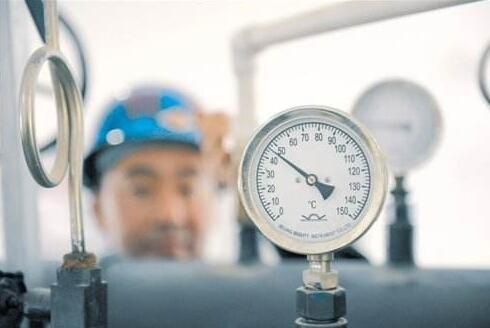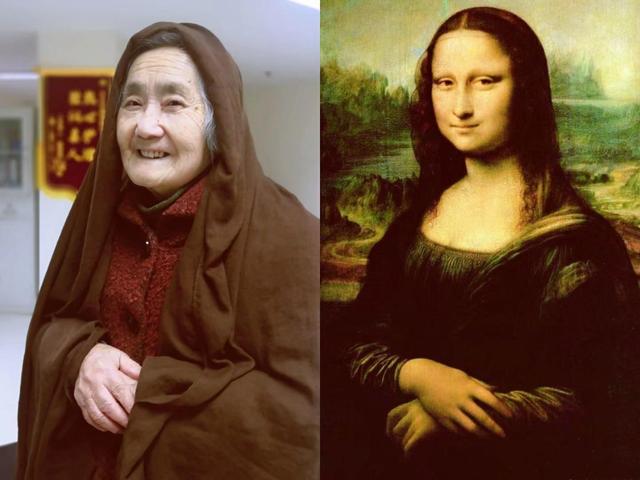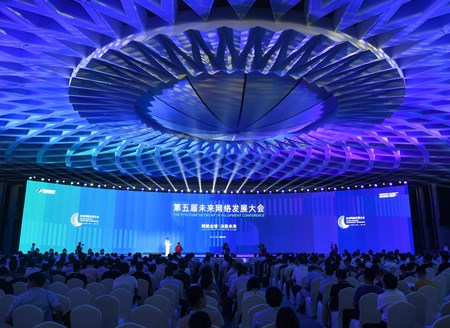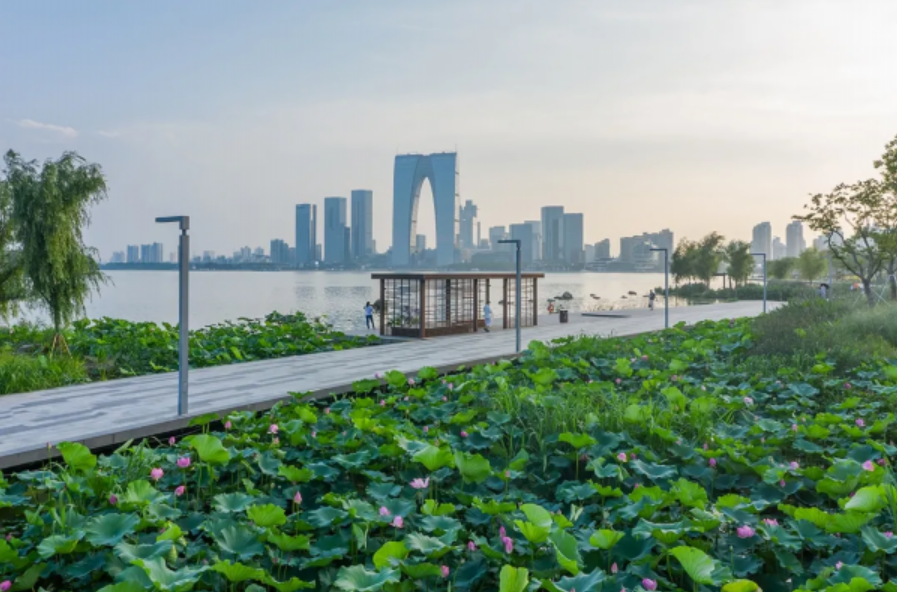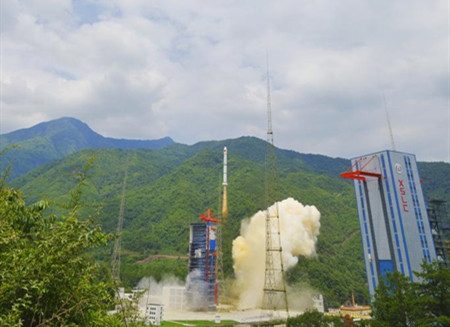
SONG CHEN/CHINA DAILY
Chen Ying, a resident of Suzhou, Jiangsu province, said that she prefers to go to a university in North China because it will have heating in the winter.
"Neither me nor my family members living in the south ever imagine that people can wear T-shirts and shorts indoors in winter," said the 17-year-old. "Without heating in our homes, we have to wear down coats and other heavy winter clothes indoors to keep warm."
"Knowing from the internet or by travel that people in North China have heat makes us envious and makes our winter in the south more intolerable."
Like Chen, numerous people in southern China express their desire for heating every year when winter approaches.
Zhang Xiaosong, a professor at the School of Energy and Environment of Southeast University in Nanjing, Jiangsu, said that it is not people from South China, but from the Yangtze River Delta who demand heating in winter.
"Cities in the Yangtze River Delta often have a temperature of around -10 C in winter," he said. "Because of the high humidity of the air, people feel that it's even colder than the actual temperature is."
People in the region generally rely on decentralized heating equipment such as air conditioning, space heaters and even heated flooring, Zhang said.
"Unlike northern cities that provide unified central heating, cities along the Yangtze River Delta don't have large-scale heating infrastructure, and it's difficult to construct right now," he said." Though people feel cold in the delta, the winter there doesn't last as long as it does in North China, and the actual temperature is higher.
"Another reason that cities in the delta don't have unified heating is that it consumes a great amount of energy and creates pollution."
Some cities in the area have made specific plans to develop heating systems.
For example, Wuhan, Hubei province, has been researching unified heating since 1998. More than 150,000 local people now enjoy heating from Nov 15 to March 15 at a cost of 33 yuan ($4.70) per square meter.
Liu Shiming, 72, said that compared with air conditioning, heating feels more comfortable and costs less.
"The temperature is around 25 C when the heating is on, and we just wear thin clothes indoors," he said. "Sometimes we have to open windows to let cold air lower the room temperature."
Financial pressures and environmental concerns have limited the development of unified heating in Wuhan, according to the energy department of the city's development and reform commission, but it said it is making plans to construct two more large-scale energy stations to provide heating to four of its districts.
Zhang, from Southeast University, suggested that instead of simply adopting North China's unified heating, cities in the delta should use new heating techniques that not only meet people's demands but also save energy.
He and his team are researching high efficiency heat pump technology, which can transfer heat from low temperature sources to high temperature sources. It has been used in some programs in Yangzhou and Changzhou of Jiangsu province.
Ma Lin, deputy manager of Jiangbei New Energy Development and Management Company in Nanjing, said Nanjing's Jiangbei New Area will use the heat pump technology to provide heat to some public buildings this winter.
"The water of the Yangtze River is colder than the buildings onshore in summer and warmer in winter," he said. "The technology can transfer the heat from the buildings to the river in summer, and transfer the heat from the river to the buildings by using heat pumps in winter."
According to Ma, construction of the two energy stations will be completed in February and provide heat to buildings covering 3 million sq m. Upon completion of seven energy stations, people will enjoy heat in buildings covering 16 million sq m in downtown Jiangbei New Area.
